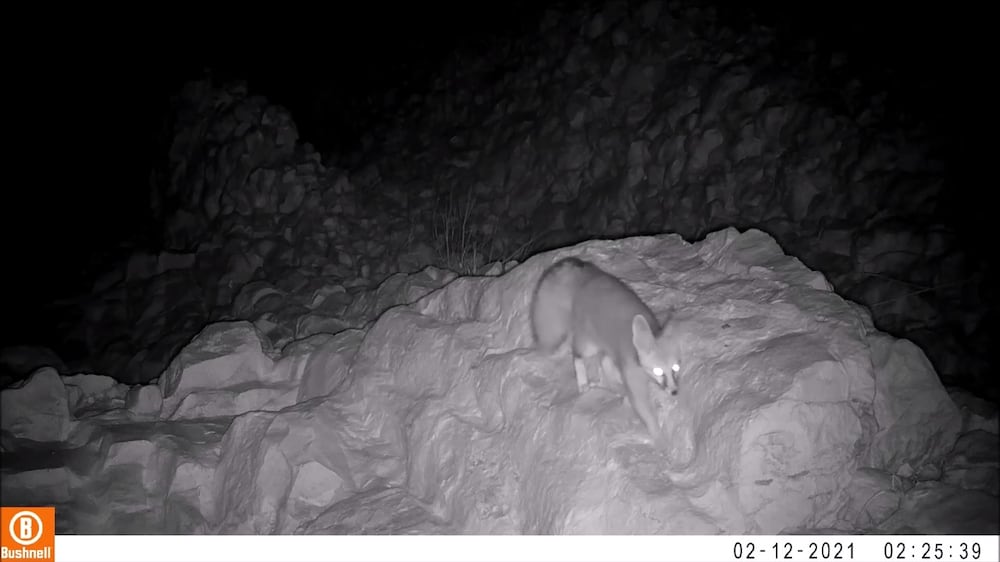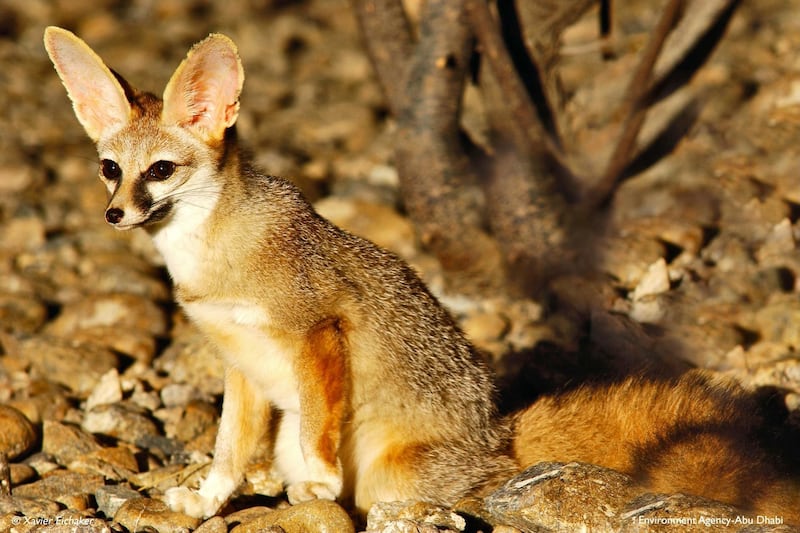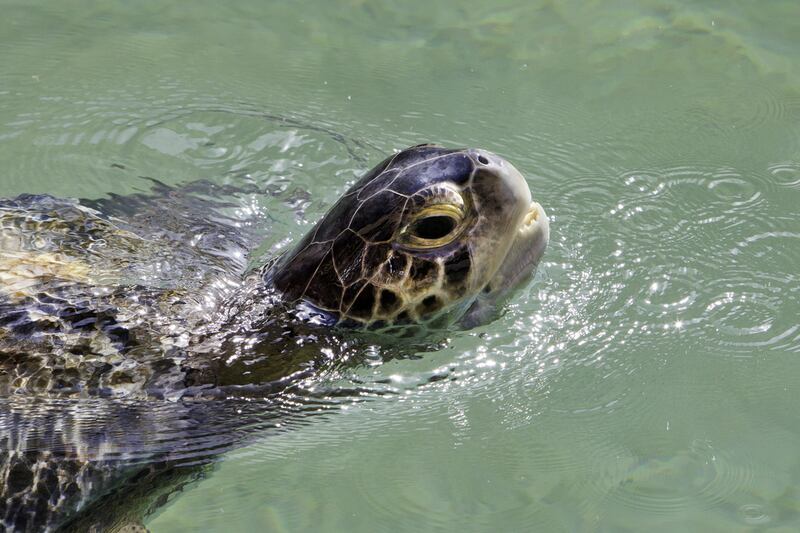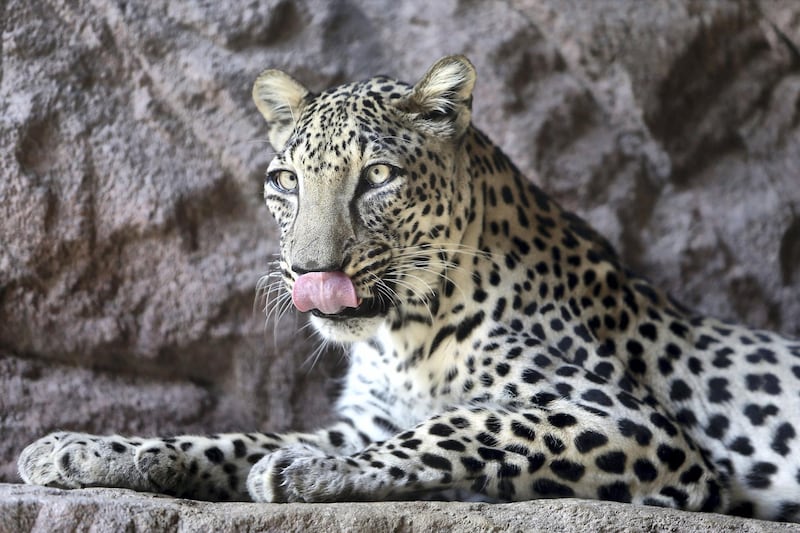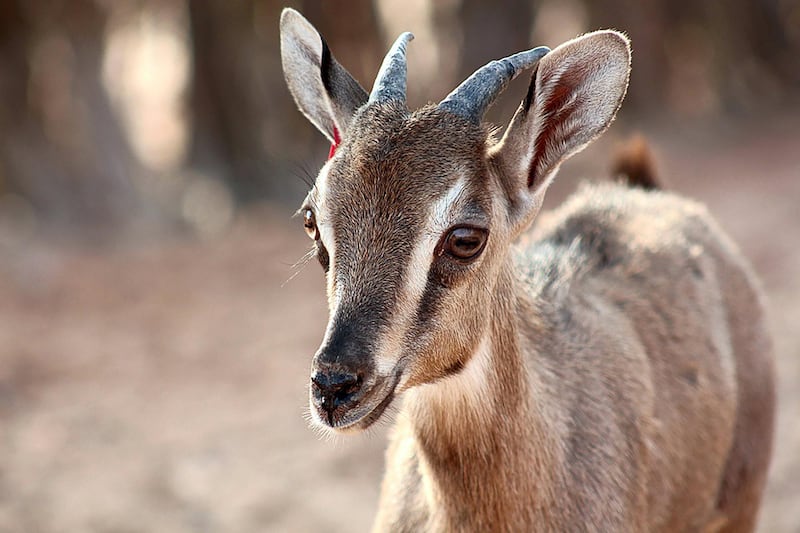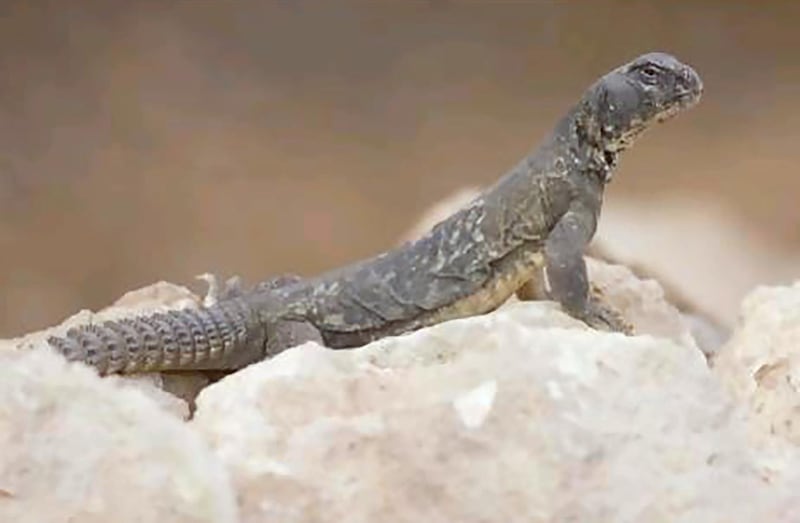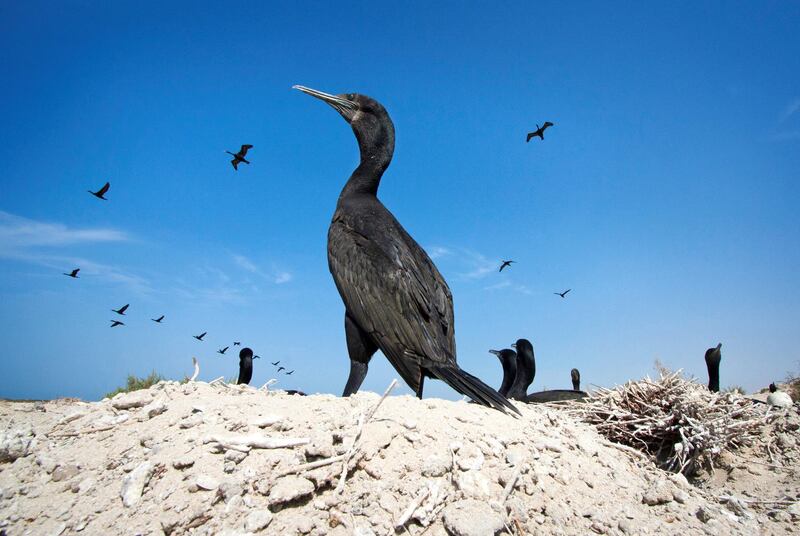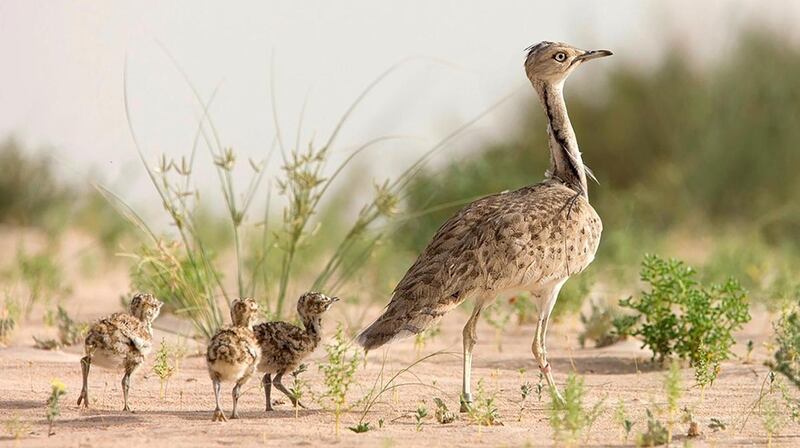A rare species of fox previously seen only twice in the past 22 years in the UAE has been spotted on Jebel Hafeet.
Before its last appearance in March 2019, Blanford's fox had not been seen since 1999.
On both occasions it was sighted at a similar spot near the Al Ain mountain, in the east of Abu Dhabi emirate.
It is named after the English naturalist William Thomas Blanford, who first described the animal in 1877.
Video captured by a camera trap set on the mountain by the Environment Agency Abu Dhabi shows the fox trotting on a rocky surface.
Blanford's fox – known to science as Vulpes cana and as the Royal fox in Arabic – lives exclusively in mountainous areas.
"The animal is elusive and rarely recorded in camera traps, so is a very difficult species to locate and study," said Rashed Mohamed Al Zaabi, a scientist at the EAD's terrestrial and marine biodiversity sector.
In Abu Dhabi, it can only be found on Jebel Hafeet, “in areas with little or no human disturbance”.
Globally, Blanford's fox is classified as of “least concern” by conservationists, with a range spanning Pakistan, Afghanistan, Turkey, Israel, Oman and Saudi Arabia. It may also exist in Eritrea, Sudan and Yemen.
In the UAE it is considered endangered because sightings are rare and it is threatened by other species in its mountain habitat.
“Being a smaller species, it is under direct threat from feral dogs,” Mr Al Zaabi said.
Blanford's fox grows to a length of between 40 and 50 centimetres and weighs only 3 to 4 kilograms.
"Feral dogs and feral cats will compete with this species for food, habitat availability and also [initiate] disease transmission."
Blanford's fox is known for its large bushy tail and black marks on its face that look like a mask. It is mainly active at night.
The footage of the fox was taken after sunset on Jebel Hafeet.
“A continuous effort from EAD to monitor this and other important species is ongoing, where it will give us a better understanding on species ecology,” Mr Al Zaabi said.
Other fox species found in the emirate include the Arabian red fox (Vulpes vulpes arabica) and Ruppell's fox (Vulpes rueppellii).
Ruppell’s fox is the smallest of the three species and is considered critically endangered.
It has significantly large ears compared to its size and grows to a length of 46 centimetres.
It is also lighter in colour, with off-white and beige fur and can mainly be found in mega-dune areas, such as the Empty Quarter desert.
The Arabian red fox, the largest of the three species, is recognisable by the white tip on its long tail.
It can live on a variety of terrains, including mountains and desert, and can be found in cities, as it scavenges on food waste .
Unlike the other two species, which are nocturnal, the Arabian red fox is equally active during daytime.
It is categorised as a species of of least concern on the UAE National Red List.
